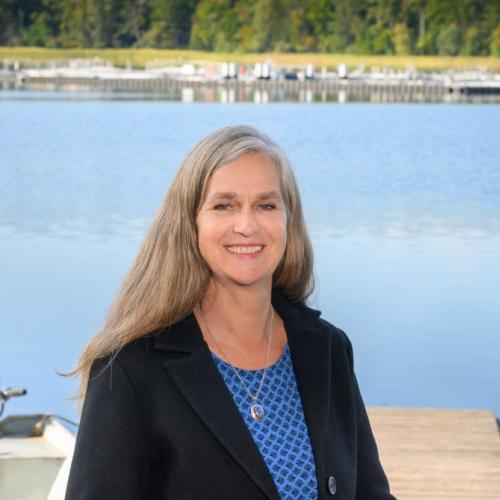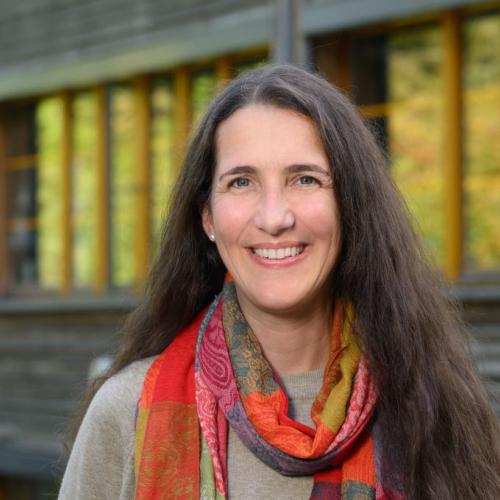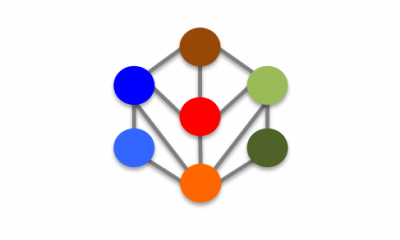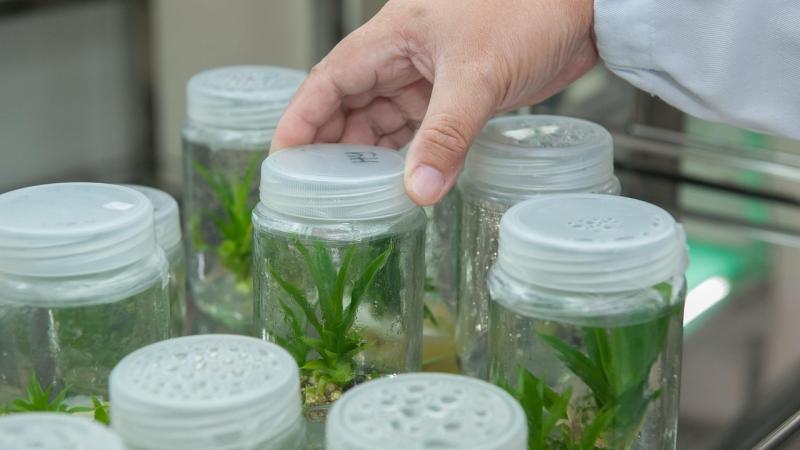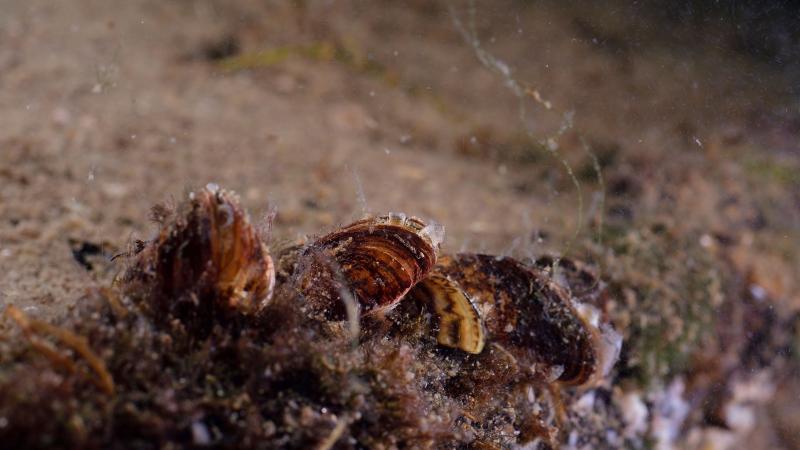The CONNECT team at a measuring buoy Photo: IGB
In CONNECT, the research team focuses on large-catchment shallow lakes. "These ecosystems suffer disproportionately from human pressures and the effects of climate change - such as extreme weather events. Lakes along river systems in particular are currently mostly in a poor ecological state and cannot meet the expectations of the European Water Framework Directive," explains Sabine Wollrab.
The IGB project, funded by the Leibniz Association, is a cooperation with scientists from a total of seven German research institutions in water and landscape ecology and remote sensing. "Together, we would like to find out, for example, how algae blooms or local extreme weather events spread across river-lake systems with varying degrees of connectivity; or whether there is a connection between algae blooms and the emission of climate-relevant gases such as methane and carbon dioxide," Stella Berger explains the research approach. For the first time, the team is also investigating whether such events in connected lakes can be observed by remote sensing, for example using satellites from space.
"Within the framework of CONNECT, we want to create the scientific basis for improving the environmental management of river-connected German lowland lakes. We also want to use a combination of water and remote sensing data to test the extent to which the monitoring of inland waters can be made more effective," says Stella Berger, explaining the study's goals.
Follow CONNECT on Twitter: @ConnectIgb


